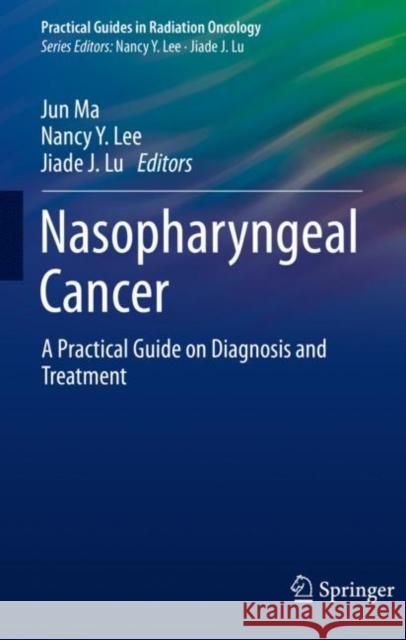Nasopharyngeal Cancer: A Practical Guide on Diagnosis and Treatment » książka
topmenu
Nasopharyngeal Cancer: A Practical Guide on Diagnosis and Treatment
ISBN-13: 9783030650360 / Angielski / Miękka / 2021 / 194 str.
Kategorie BISAC:
Wydawca:
Springer
Seria wydawnicza:
Język:
Angielski
ISBN-13:
9783030650360
Rok wydania:
2021
Wydanie:
2021
Numer serii:
000799165
Ilość stron:
194
Waga:
0.32 kg
Wymiary:
23.37 x 19.56 x 0.76
Oprawa:
Miękka
Wolumenów:
01











